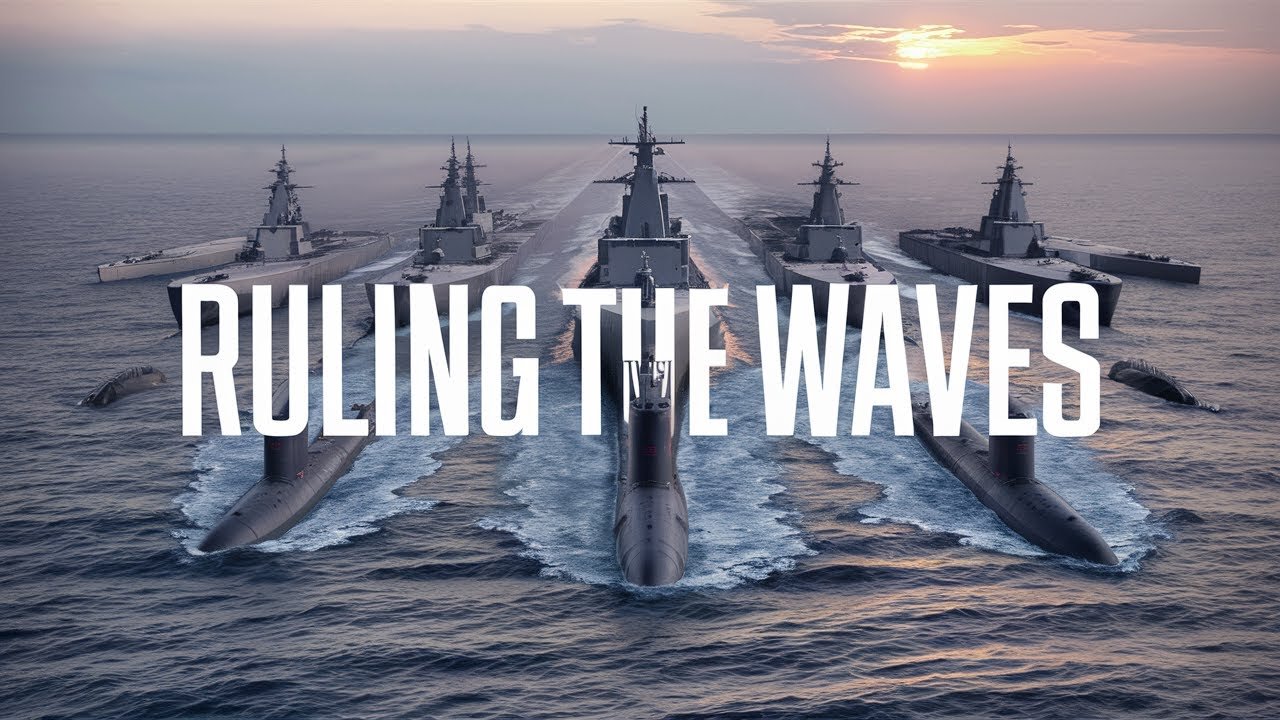The Chinese Navy, officially known as the People’s Liberation Army Navy, has undergone significant transformation and modernization over the decades, emerging as a formidable maritime force on the global stage. Established on April 23, 1949, it initially consisted of outdated and inadequate ships. However, with assistance from the Soviet Union in the 1950s and subsequent indigenous efforts, China has developed a modern, technologically advanced navy. This video explores the key developments, capabilities, and the current state of the Chinese Navy, highlighting its transition to a blue-water navy capable of operating globally, its acquisition of aircraft carriers, modern destroyers, frigates, corvettes, and advanced submarines, including nuclear-powered and ballistic missile submarines, as well as the growing capabilities of its naval aviation wing.
- The Chinese Navy was established on April 23, 1949, unifying communist China’s naval forces.
- Initial ships were outdated, but the acquisition of ships left by the nationalists and assistance from the Soviet Union in the 1950s helped modernize the fleet.
- Significant advancements in naval capabilities began in the early 1950s with Soviet aid, leading to the creation of a modern navy featuring destroyers, frigates, and corvettes.
- Post-1960, following the Sino-Soviet split, China focused on indigenous naval development, producing advanced ships and submarines.
- Modernization efforts under Deng Xiaoping and Xi Jinping aimed at transforming the navy into a global blue-water force, leading to the introduction of more advanced destroyers, frigates, and corvettes, as well as amphibious assault ships.
- The acquisition and development of aircraft carriers mark a significant leap in capabilities, with China currently operating three carriers, including the domestically built Type 002 Shandong and the under-trials Type 003 Fujian.
- Submarine capabilities have been enhanced with the introduction of the Type 039 class diesel-electric submarines and the Type 093 class nuclear-powered attack submarines, as well as the Type 094 class ballistic missile submarines.
- The Chinese Navy now boasts a fleet size of 745 ships, making it the largest navy in the world by number of ships.
- Expert opinions suggest that while the U.S. Navy remains dominant, the rapid modernization and expansion of the Chinese Navy represent a significant shift in maritime power dynamics.
- China’s strategic investments in anti-ship ballistic missiles and global replenishment capabilities underscore its ambition to operate a formidable blue-water navy.
- Regular military drills in the East China Sea, involving complex logistical operations and the use of aircraft carriers, highlight the growing power and operational capabilities of the Chinese Navy.
This summary has been generated by AI.

Leave a Reply